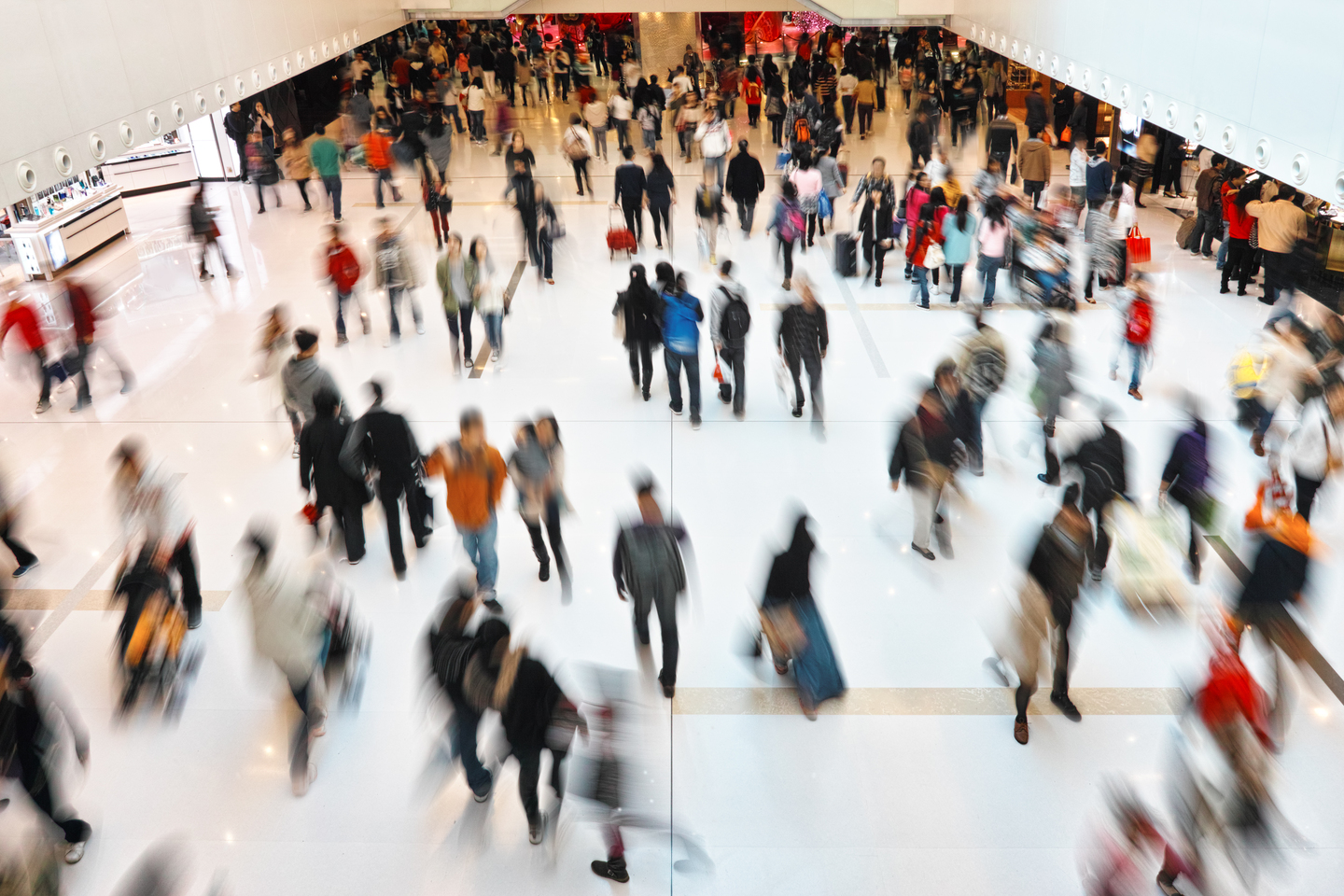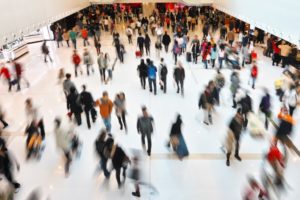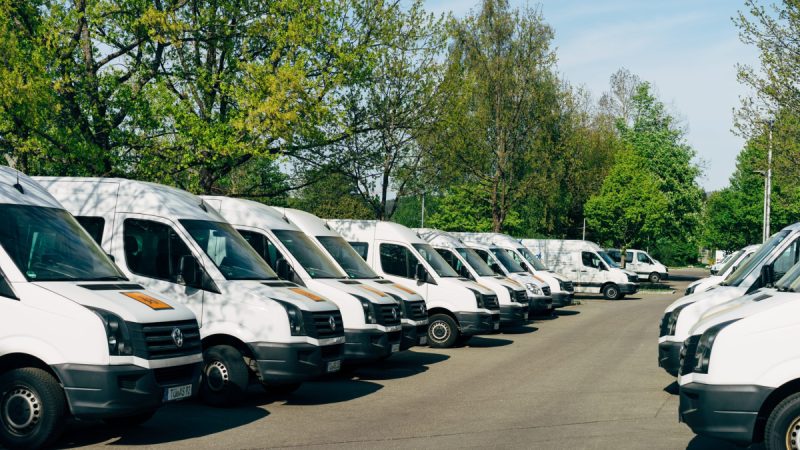Reviving Singapore’s Waning Love for Malls

 Singapore’s retail sector plays a crucial role in turning the island into a major tourism hub. While
Singapore’s retail sector plays a crucial role in turning the island into a major tourism hub. While
Making Singapore a unique retail destination again is possible, however. By transforming retail models, improving store sales and building on the power of foreign cultural elements, it is possible to revive declining love for Singapore’s malls.
Singapore was once a hot destination to shop for international brands, but now she has to compete with cities such as Shanghai, Jakarta and Beijing, which have joined the ranks as top retail destinations in the world.
Bring Distinct Cultural Elements to Singapore’s Shopping Experience
Singapore’s malls need to create a unique retail brand to stand out from international competition. New York and London take pride in their cosmopolitan status while Delhi and Istanbul offer traditional bazaar style experiences. Singapore should consider ways to follow similar patterns. Bringing the confluence of Singapore’s cultural elements to the forefront of the shopping experience can make its malls a unique retail destination again. This Paya Lebar retail mall, for instance, harnesses the confluence of multiple cultures in the neighbourhood of Paya Lebar by integrating historic and cultural elements into the shopping experience.
E-Commerce to Drive Operational Efficiency
E-commerce is one of the fastest ways to drive productivity in the retail business. South Korea, one of the top e-commerce players in the world, proves that e-commerce can be up to four times more productive than traditional, brick-and-mortar businesses. Singapore has, in fact, already taken a big step in the direction of e-commerce by initiating a joint programme with SingPost to provide delivery infrastructure for SMEs who want to sell online.
Clicks to Bricks: Pop-Up Stores in Retail Malls
Online brands have also come to reinvigorate Singapore’s retail scene by creating seamless connections between online and offline shopping. Brands like HipVan, Naiise, and Reebonz are setting up pop-up stores to cater to a predominant customer need to try on products before purchase. Filling this need leads to increased foot traffic in a retail mall and adds variety to existing chain stores.
The hope is for more retailers to succeed in defining retail malls here as “Made in Singapore” by breaking away from templating the shopping experience. Cultural influences, e-commerce and technology can help turn Singapore’s shopping malls back into a thriving sector with an international allure.





